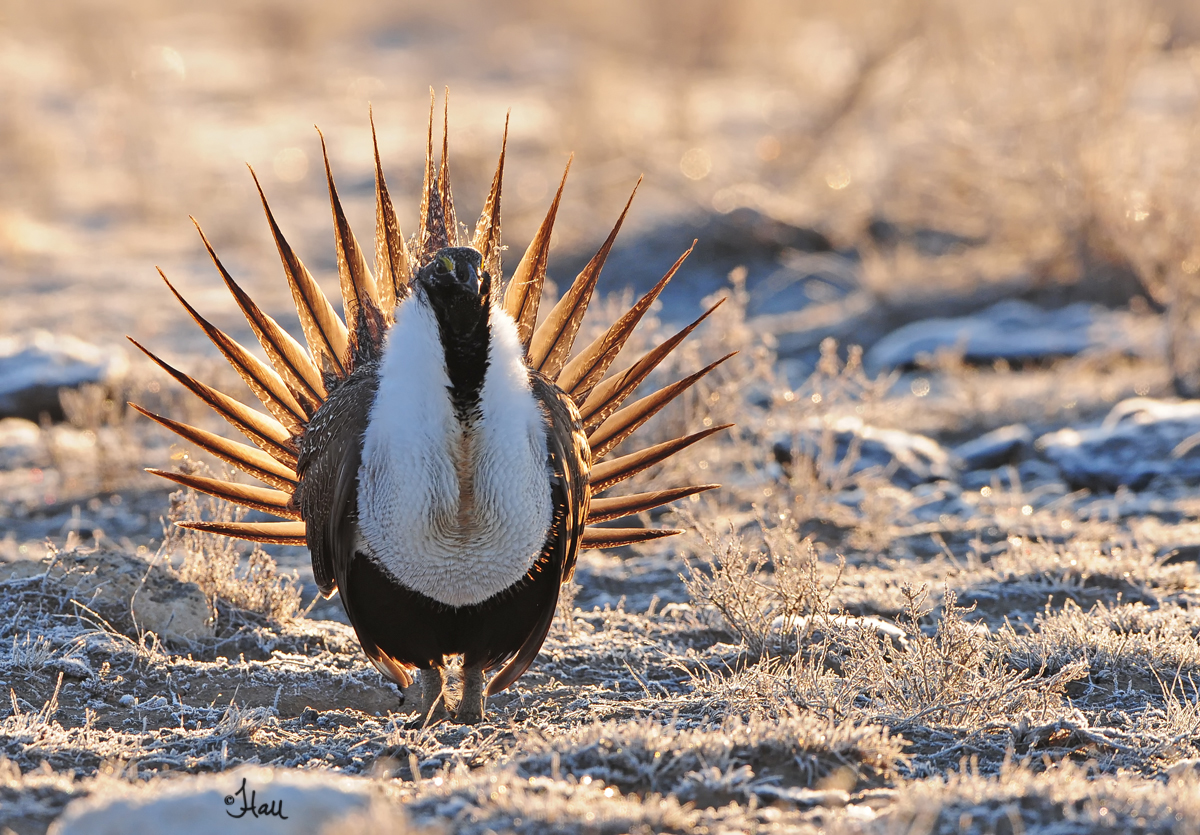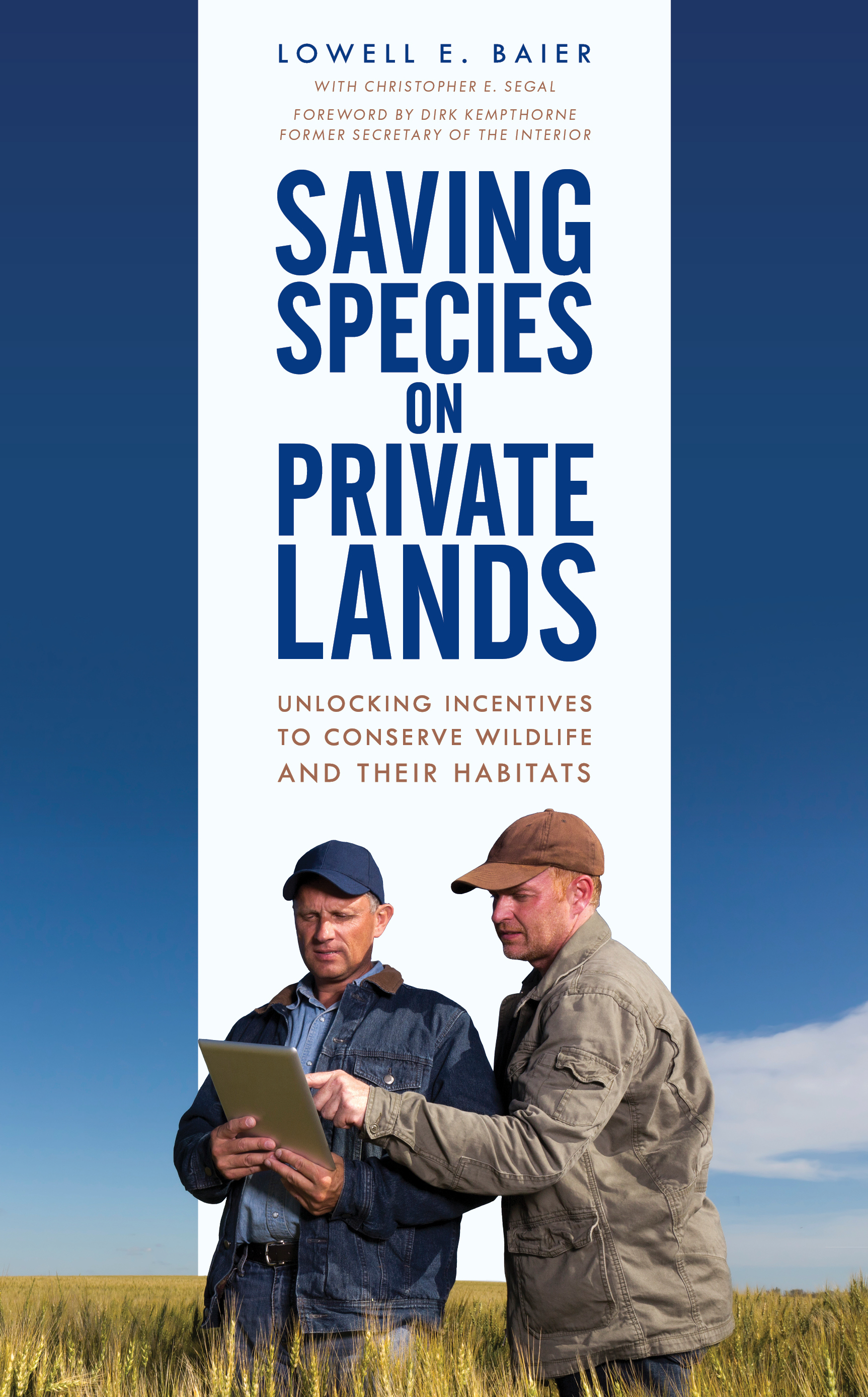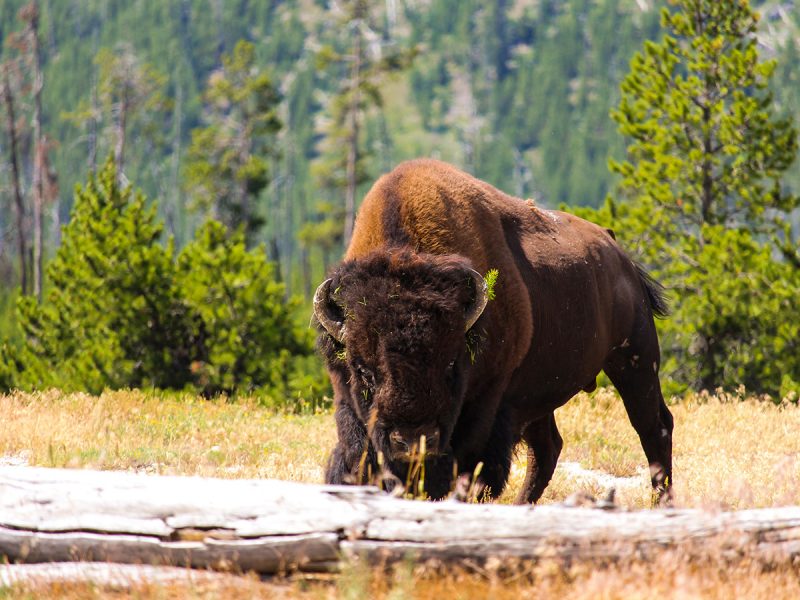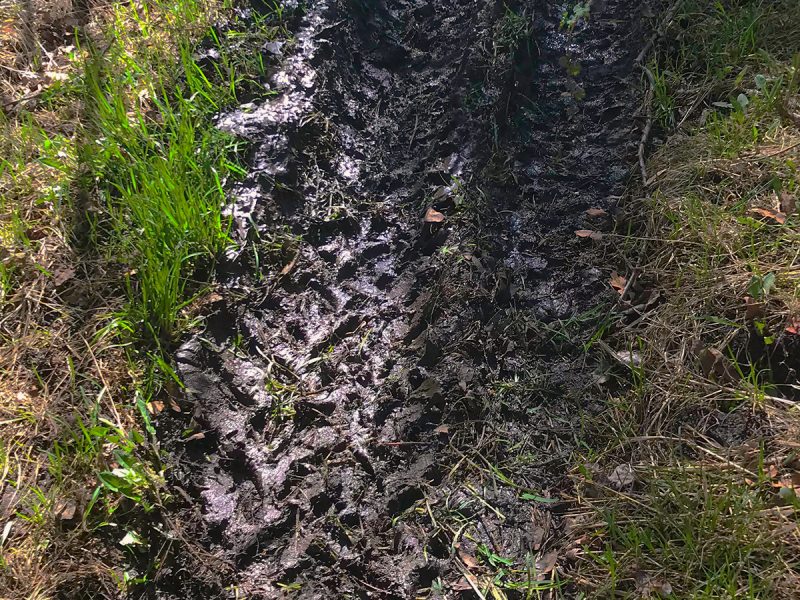
Concerning Saving Species of Concern
Awhile back I was tasked with assuring that a ranch’s grazing and recreation programs could continue in the event any of several “species of concern” became listed as threatened or endangered under the Endangered Species Act (ESA). Ranch ownership was worried that maintaining habitat for at-risk species (“doing the right thing”) might result in negative unintended consequences. What I thought would be a straight-forward process became a months-long search for answers among a slew of state and federal agencies, requiring in-person meetings, print and internet searches, and inevitably, lawyers.
There appeared to be several options forward, including state wildlife agency programs, Conference Agreements between the Natural Resource Conservation Service (NRCS) and the US Fish and Wildlife Service (FWS) or by working directly with FWS using Candidate Conservation Agreements with Assurances (CCAA), Safe Harbor Agreements (SHA) and Habitat Conservation Plans (HCP). We finally decided that, in partnership with the state wildlife agency, we would develop a multi-species CCAA with FWS. The state and FWS staff were very supportive, but neither had the staffing or time to draft the document for many months. We decided to write the document ourselves. How hard could it be?
After floundering around for several more months on our own, FWS finally stepped in. They knew what was needed and finished it in short order. The process taught me that FWS knows what they’re doing and are eager to team with landowners as essential conservation partners. I realized that knowledgeable partners are essential. I also learned that state wildlife agencies and FWS lack the staff and funding to truly meet today’s conservation challenges.

Saving Species on Private Lands: Unlocking Incentives to Conserve Wildlife and their Habitats, the new book from attorney and environmental historian Lowell E. Baier (with Christopher Segal, published by Rowman & Littlefield) goes a long way toward demystifying the ESA and explaining how landowners can safely partner with federal, state and private partners, using established programs, regulatory protections and funding sources. The book is a self-described “field guide for landowners, government, NGO’s and foundation staff who work with them.” It makes a compelling case for the importance of landowners as conservationists.
Baier explains that wildlife conservation depends on mutually beneficial cooperation. To succeed, we must move beyond the ESA’s original purpose of “doing no harm” and enable landowners to “produce (conservation) benefits.” The book reviews and explains the multitude of federal, state and private partners, programs and funding along with links to funding and regulatory protections that “can be done today, without needing complicated changes to policy.” Baier argues that “species conservation can move from the elusive vision of being a backdrop against extinction…into a driver of recovery.” How? “Rely on landowners.”
The book provides useful historical context and case-studies. Topics include “Proactive Wildlife Conservation on Private Lands,” “Conservation Tools and Your Business,” both Farm Bill and non-Farm Bill incentives for private land conservation and “Achieving Regulatory Certainty under the ESA.” Two interesting appendices list federal, state and private contacts for landowners and summarize annual impacts of the Farm Bill over the years.
Conservation tools, like invasive mollusks, have spread and evolved rapidly over time to meet changing situations and challenges. Baier provides helpful case studies to describe how landowners have used CCAA’s, SHA’s and HCP’s to conserve at-risk wildlife while assuring the ability and flexibility to operate their businesses. One classic example Baier revisits helpfully is the case of the greater sage grouse, a candidate for listing potentially impacting landowners in 11 western states. FWS was able to use lands enrolled in CCAA’s as evidence of habitat conserved, key to avoiding a listing. The effort is a case-study in collaboration. Region-wide leadership was provided by the Western Association of Fish and Wildlife Agencies (WAFWA), the NRCS Sage Grouse Initiative (part of the NRCS Working Lands for Wildlife program) and FWS. However, solutions were developed locally, by working groups including private, state and federal landowners and managers, conservation districts, NGO’s and university extension staff. State agency and FWS Partners for Wildlife biologists, NRCS conservationists and others helped landowners develop, fund and implement ranch-specific conservation plans to do their part along with assurances (FWS CCAA’s and NRCS Conference Agreements) to protect their livelihoods.
Baier also uses less well-known case studies to explain how concerns regarding “critical habitat” designation and “incidental take” of listed species are addressed by regional HCP’s and Programmatic Safe Harbors from California to Florida, without impacting ranch and farm operations.
Baier makes a convincing case that, if given adequate funding, staffing and landowner support, proactive conservation of species on working landscapes is achievable.
Rick Danvir
Similarly, Baier shares the case of targeted use of the Conservation Reserve Program (CRP) in Kansas to protect critical habitat for the lesser prairie chicken, a species of concern, to illustrate how one Farm Bill program, can provide landowners with funding assistance in successful conservation efforts. In addition, NRCS and landowners have applied the Environmental Quality Incentives Program (EQIP) strategically to land coming out of CRP enrollment to preserve habitat gains there. As a result, Kansas’ population of lesser prairie chicken is the healthiest in its range. A critical note about these programs that Baier fails to mention directly is that these conservation funding sources do not require landowners to provide public recreational access – a requirement that can hinder landowner enrollment and conservation success.
I wish I had had Baier’s book during my attempt to develop a ranch conservation-with-assurances program. A detailed and comprehensive reference like Saving Species would certainly have reduced the time, confusion and disagreements that occurred among ranch ownership, staff and agencies involved in the onerous process of selecting and drafting a tool to meet our needs. The book provides landowners a chance to better understand the mechanisms and protections available to them as stewards of America’s wildlife habitat. Baier makes a convincing case that, if given adequate funding, staffing and landowner support, proactive conservation of species on working landscapes is achievable. I can’t help but wonder how much landowners, agencies and other partners working together might accomplish given additional funding and manpower.
Western landowners wear many different hats. Success requires understanding and managing a complex mix of resources – mineral and surface rights, water law, recreational access and wildlife conservation – all while operating a marginally profitable and risky business. Getting educated on any new subject means investing precious time learning the ropes. Time with Lowell Baier’s new book is time well spent.
Rick Danvir is a wildlife biologist, former wildlife manager for Deseret Western Ranches, and founder of Basin Wildlife Consulting.
Featured image courtesy of USFWS – Pacific Region/Jennifer Hall




